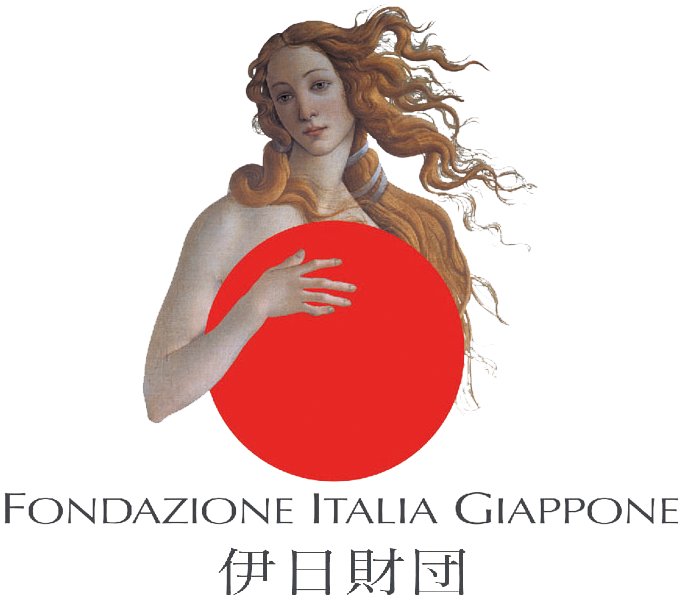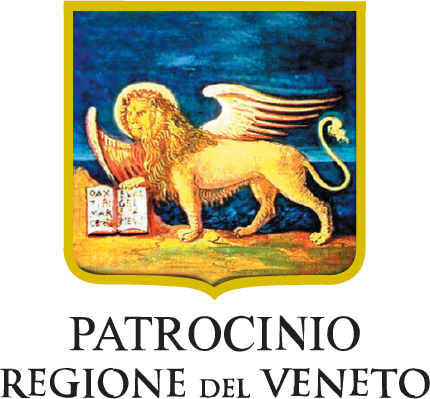Una vetrina di capolavori
Un giardino giapponese di oggetti pieni di significatoIn questa mostra suggestiva concepita e progettata da Naoto Fukasawa i visitatori scopriranno i capolavori di 12 Tesori Nazionali Viventi del Giappone. Questi maestri d'arte, le cui abilità tradizionali sono considerate come parte integrante del patrimonio culturale nazionale, sono stati selezionati da Naoto Fukasawa con Tokugo Uchida, rinomato direttore di museo. Le opere d'arte in mostra, che includono alcuni kimono, un'arpa in lacca urushi e un cesto per fiori in bambù, sono esposte in modo semplice ma reverenziale su dodici blocchi a forma di pietra nel magnifico Refettorio Palladiano. Grazie a dei brevi filmati si possono ammirare i processi di lavorazione impiegati dai maestri che hanno realizzato a mano questi pezzi che possono apparire sobri, ma che sono sempre eccezionali.




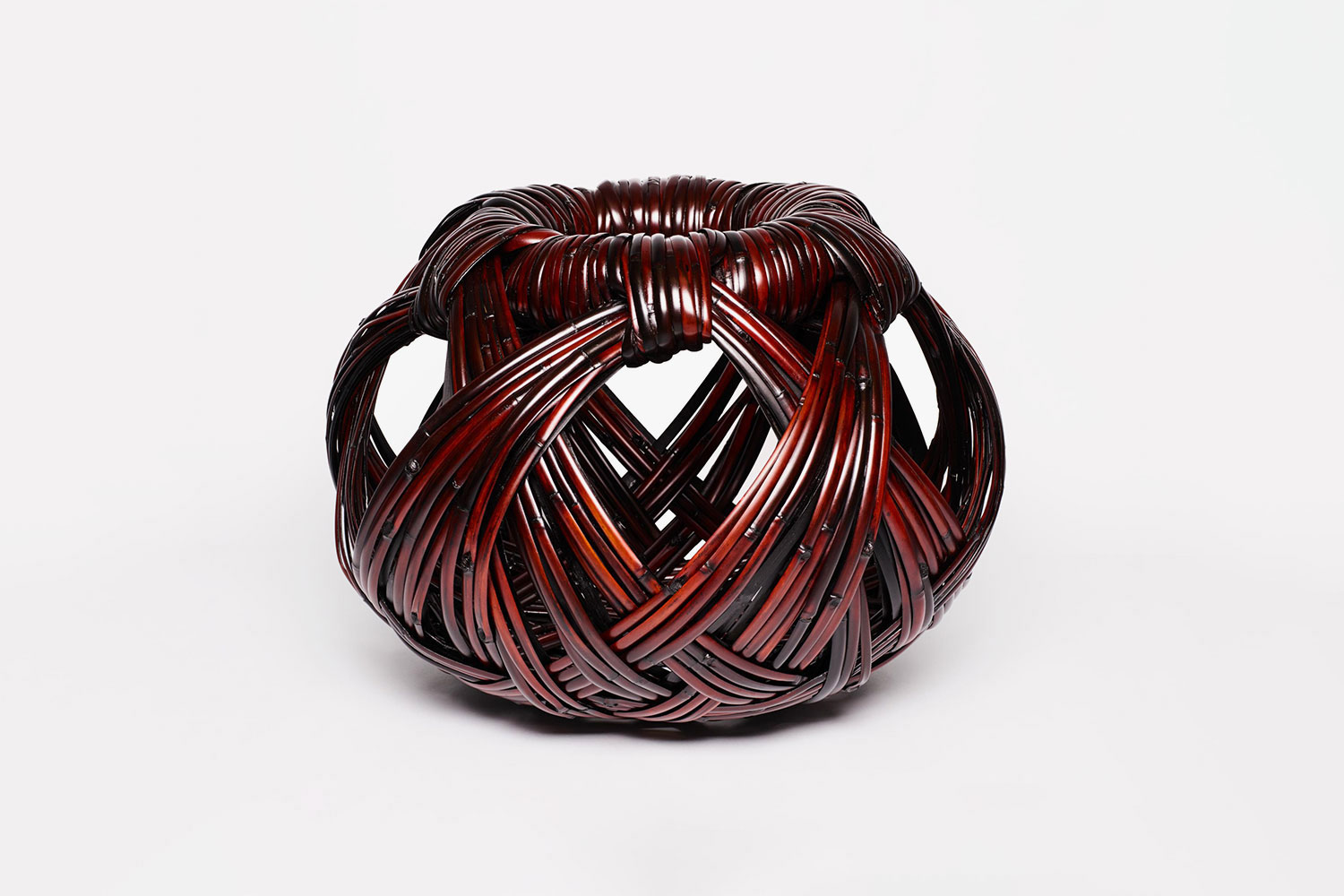

 Imaemon Imaizumi XIV
Master of the traditional technique of overglazing in making ceramics, and the 14th successor in the family that served Lord Nabeshima as officially appointed potter.
Imaemon Imaizumi XIV
Master of the traditional technique of overglazing in making ceramics, and the 14th successor in the family that served Lord Nabeshima as officially appointed potter.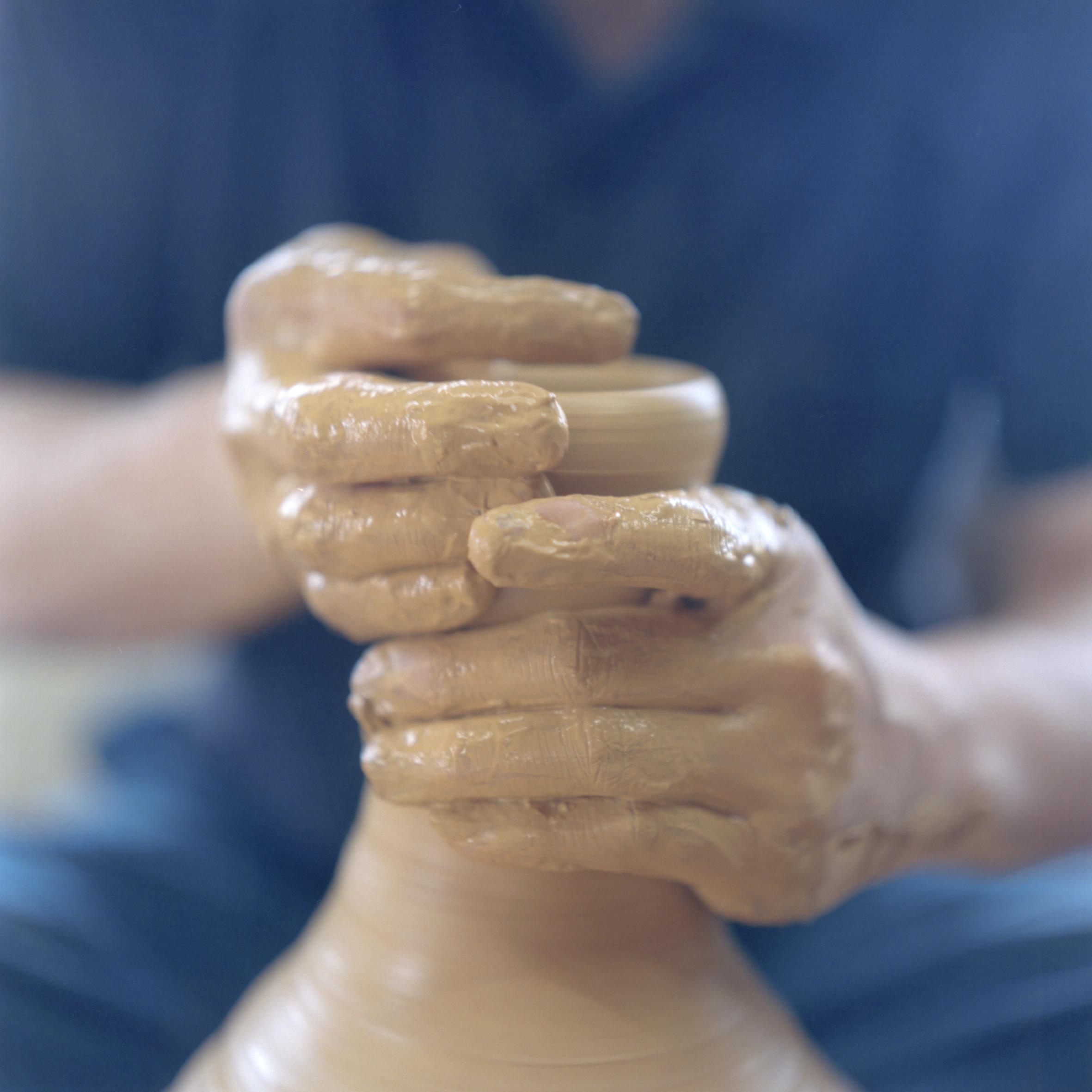 Zenzo Fukushima
Creates Koishiwara ware, celadon based on traditional ceramic-making techniques and materials from the 17th century.
Zenzo Fukushima
Creates Koishiwara ware, celadon based on traditional ceramic-making techniques and materials from the 17th century.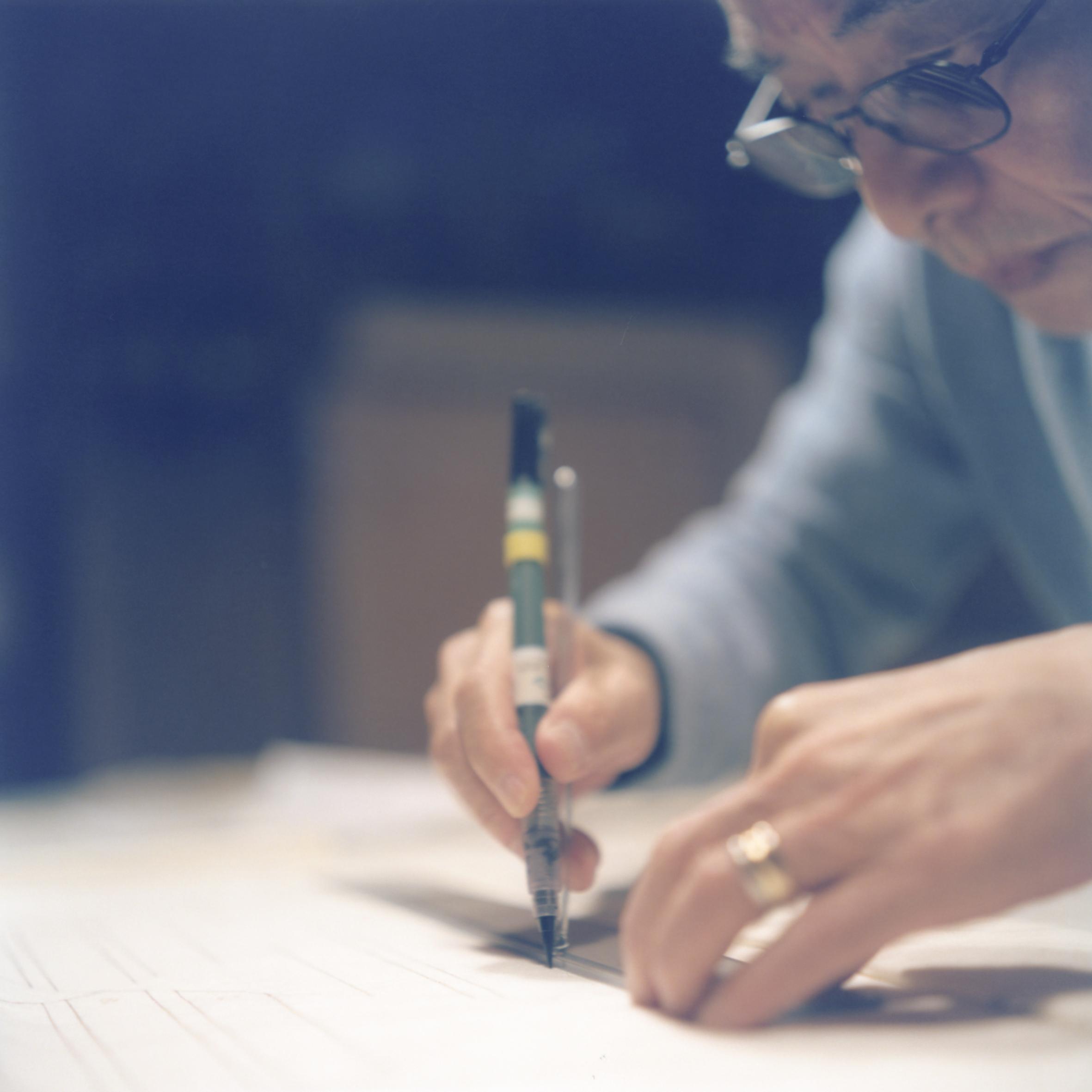 Kunihiko Moriguchi
A textile dyer adept at geometric designs using natural motifs such as flowers, snow and streams, in Kyoto’s yuzen textile-dyeing tradition.
Kunihiko Moriguchi
A textile dyer adept at geometric designs using natural motifs such as flowers, snow and streams, in Kyoto’s yuzen textile-dyeing tradition.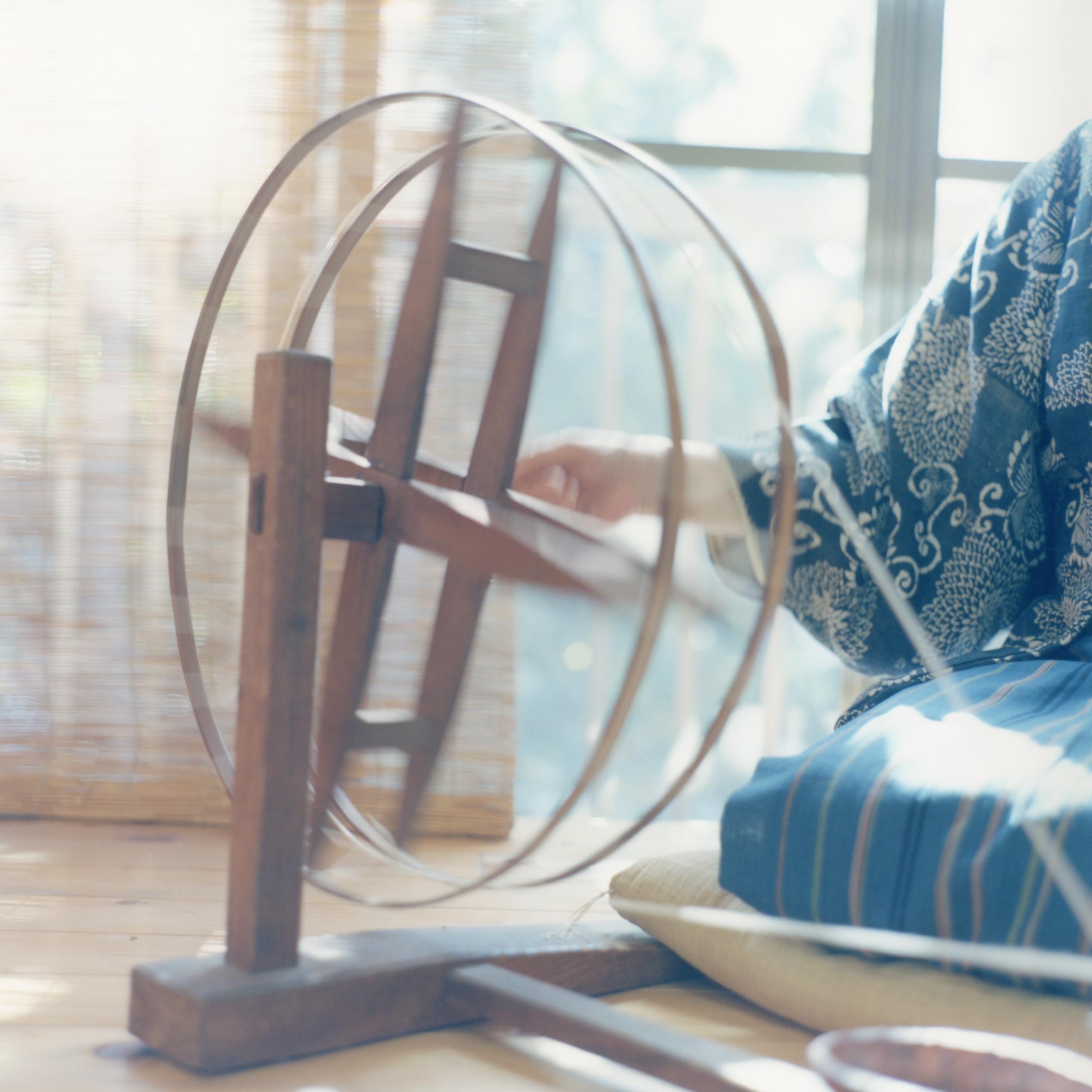 Sonoko Sasaki
Dyes tsumugi-type silk yarn in colours derived from grasses and leaves using the kasuri weaving technique. She has been awarded Japan’s Order of the Rising Sun, Gold Rays with Rosette.
Sonoko Sasaki
Dyes tsumugi-type silk yarn in colours derived from grasses and leaves using the kasuri weaving technique. She has been awarded Japan’s Order of the Rising Sun, Gold Rays with Rosette.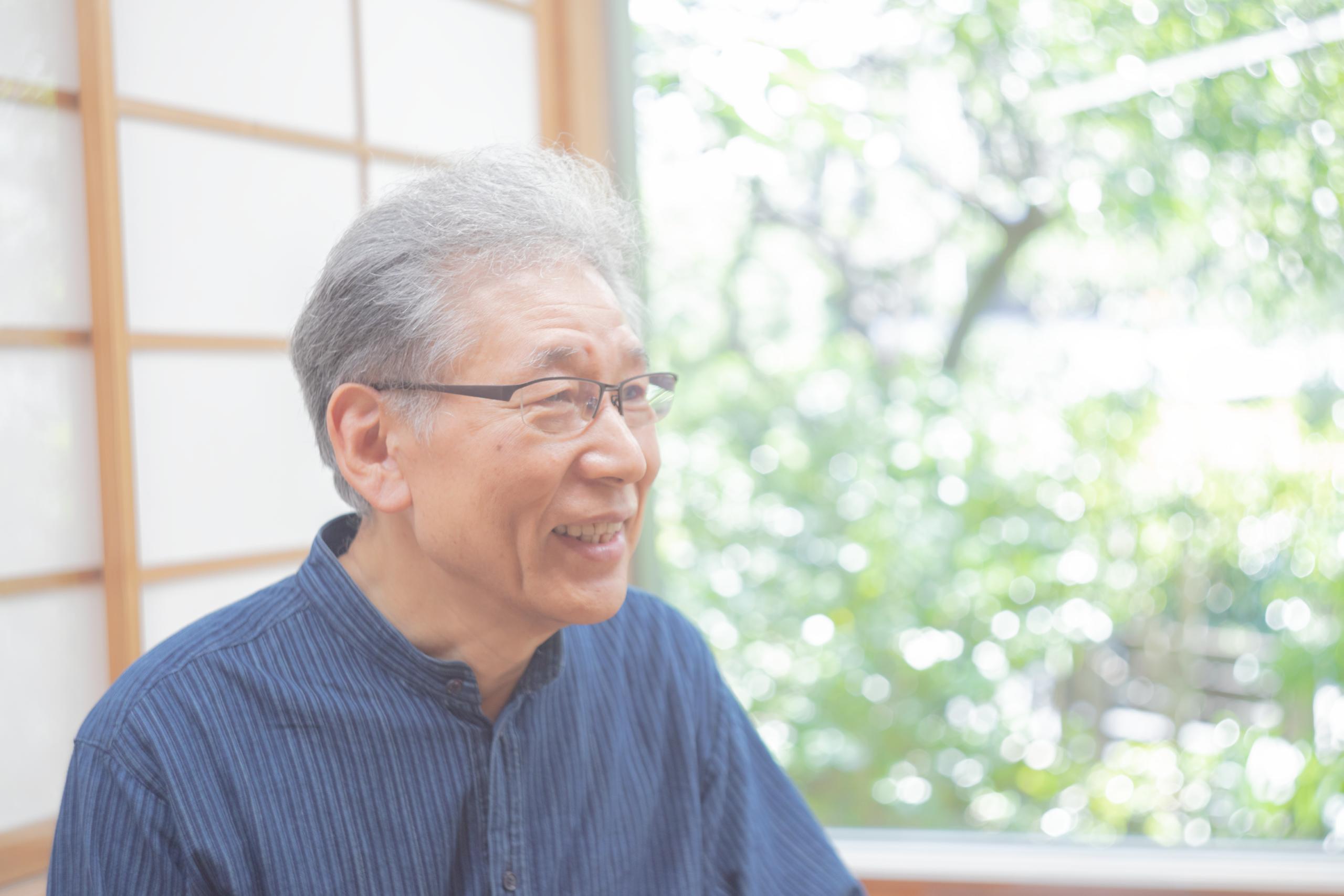 Kazumi Murose
Makes urushi lacquerware using the technique of maki-e, which dates to the 8th century, to create highly refined modern designs.
Kazumi Murose
Makes urushi lacquerware using the technique of maki-e, which dates to the 8th century, to create highly refined modern designs. Isao Onishi
Undertakes the whole process of cabinetmaking himself, from moulding cypress wood to finishing the lacquer. His designation as a National Living Treasure is for the lacquering technique known as kyushitsu.
Isao Onishi
Undertakes the whole process of cabinetmaking himself, from moulding cypress wood to finishing the lacquer. His designation as a National Living Treasure is for the lacquering technique known as kyushitsu.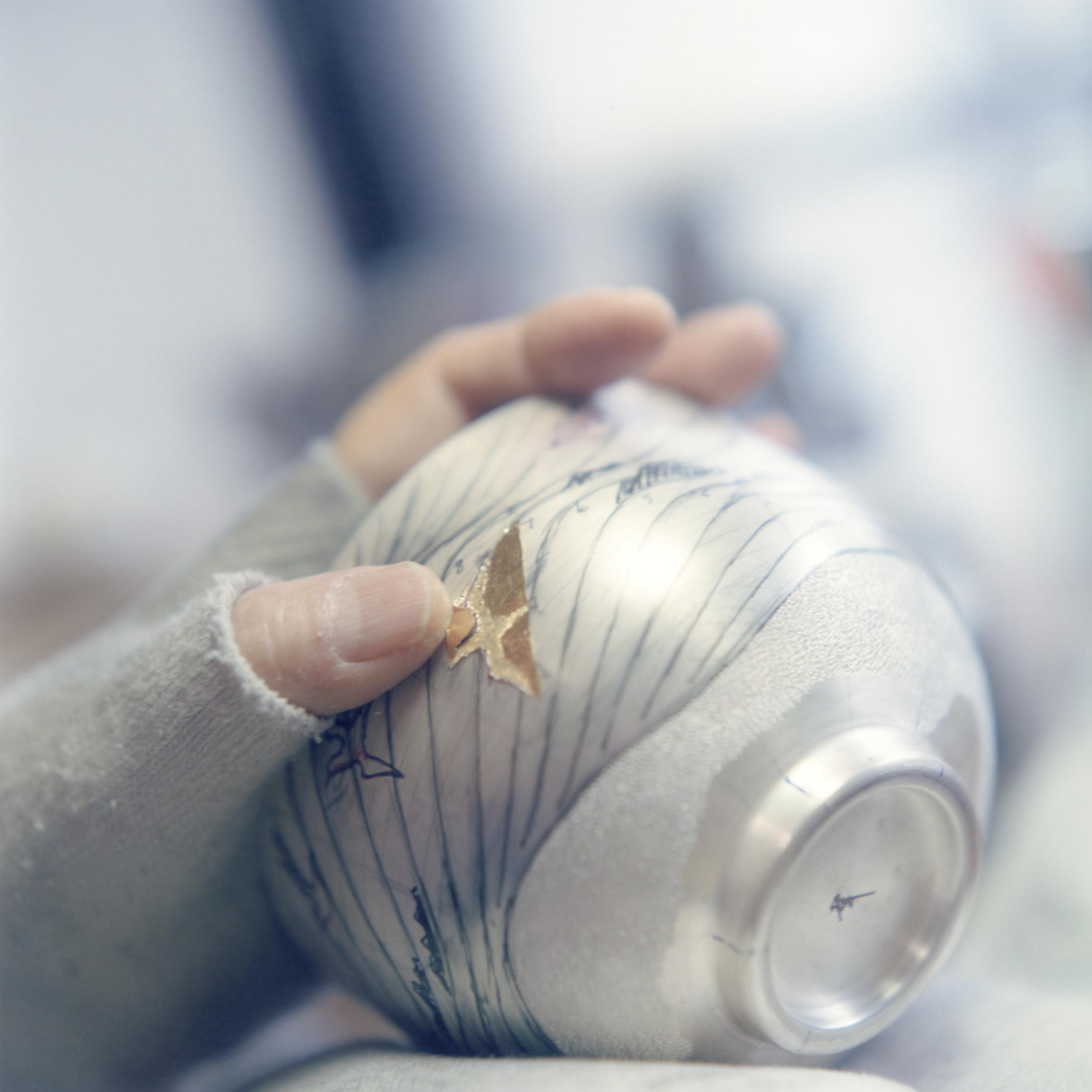 Yukie Osumi
A master of metal forging, she uses silver sheet metal and mallets to create her work. Her designation as a National Living Treasure is for tankin (metalwork).
Yukie Osumi
A master of metal forging, she uses silver sheet metal and mallets to create her work. Her designation as a National Living Treasure is for tankin (metalwork).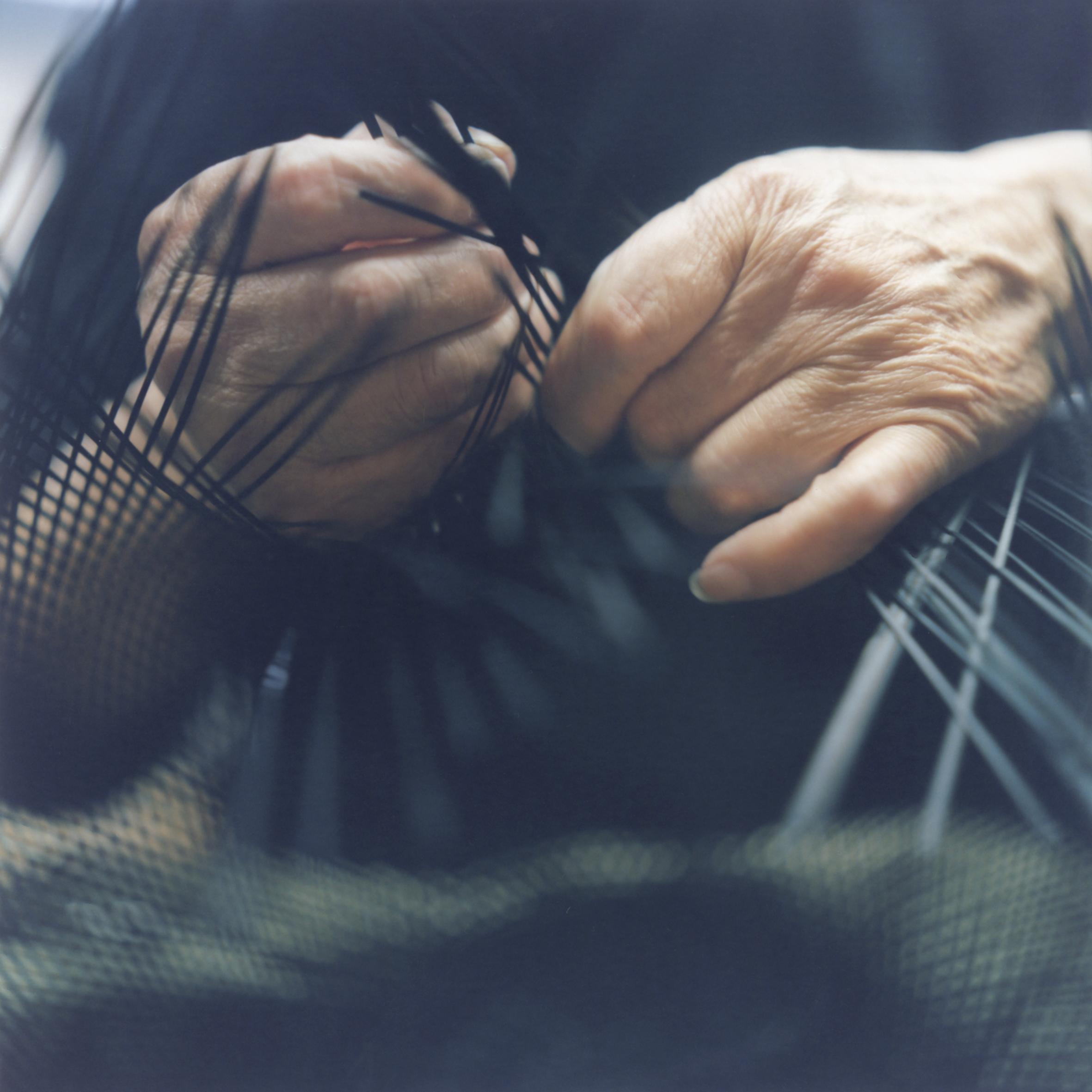 Noboru Fujinuma
Weaves or braids fine sticks of bamboo into fine baskets and other objects. His designation is for bamboo craftwork, which was passed down from the 8th century Chinese Tang culture.
Noboru Fujinuma
Weaves or braids fine sticks of bamboo into fine baskets and other objects. His designation is for bamboo craftwork, which was passed down from the 8th century Chinese Tang culture.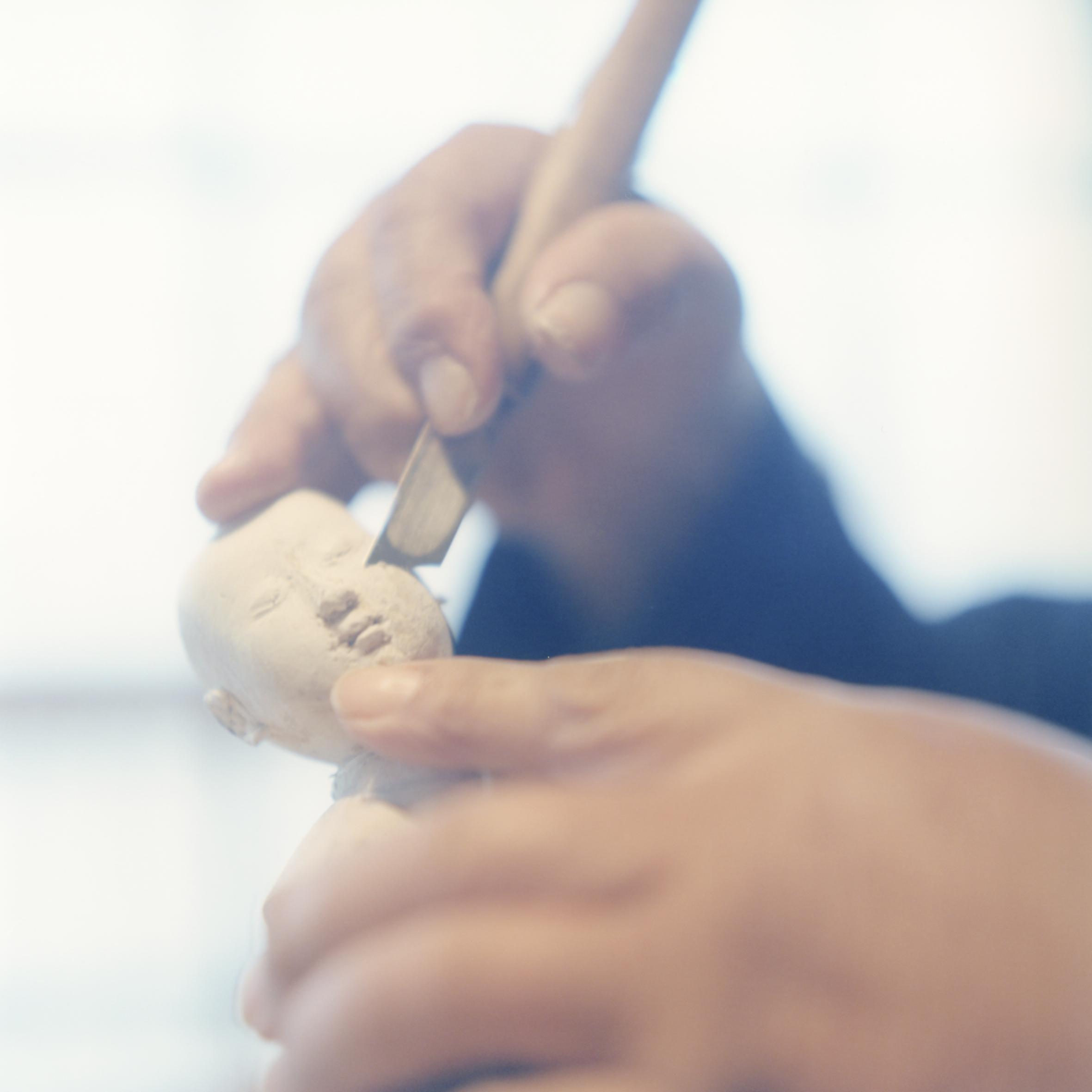 Komao Hayashi
Employs a style of making toso (paulownia paste) dolls that dates to the 17th century. His work is informed by knowledge of the Noh theatre and other long-established performing arts such as kyogen, kabuki and Kyoto-style dance. He was awarded Japan’s Order of the Rising Sun, Gold Rays with Rosette.
Komao Hayashi
Employs a style of making toso (paulownia paste) dolls that dates to the 17th century. His work is informed by knowledge of the Noh theatre and other long-established performing arts such as kyogen, kabuki and Kyoto-style dance. He was awarded Japan’s Order of the Rising Sun, Gold Rays with Rosette.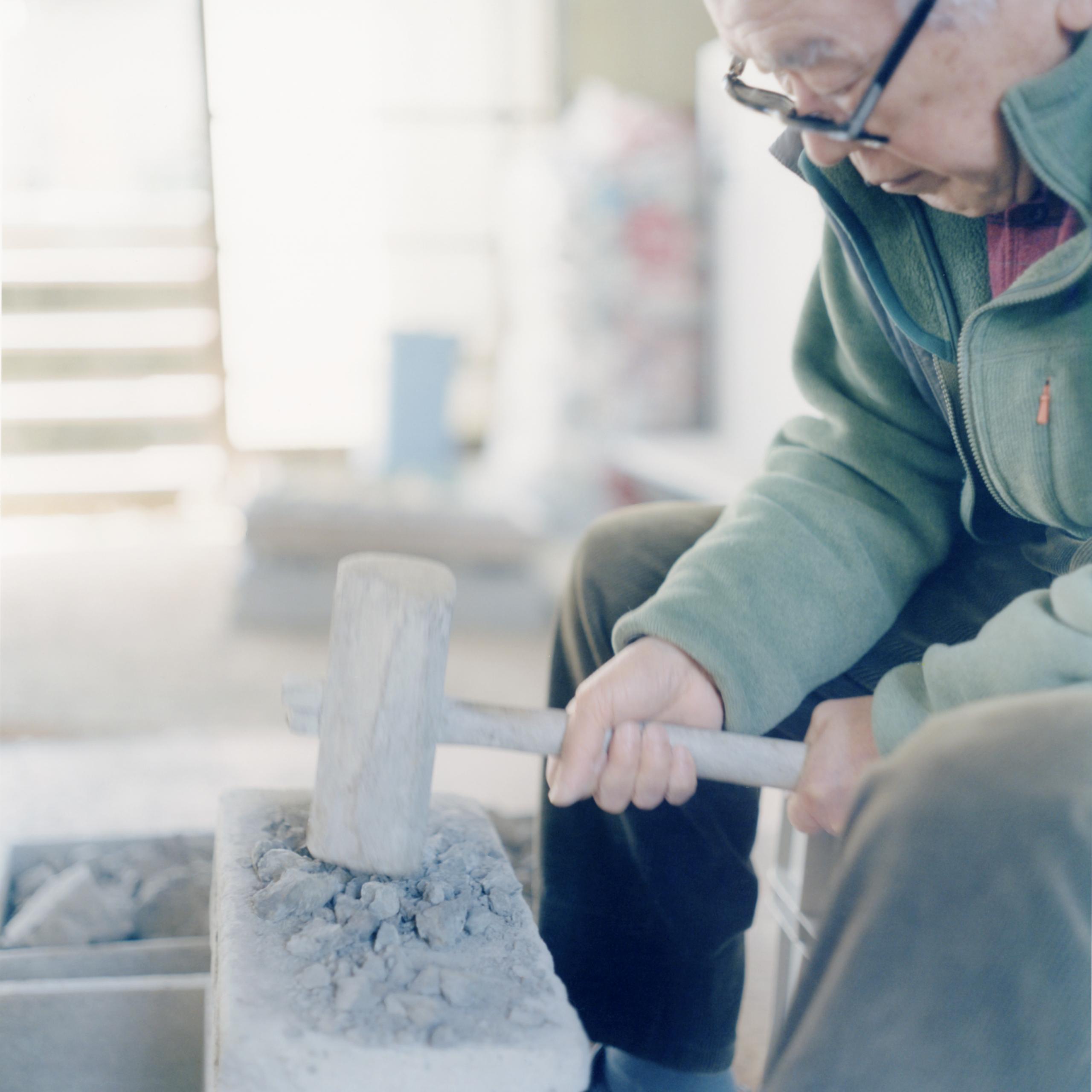 Jun Isezaki
One of the most renowned master artisans of Bizen ceramics, a traditional ware that emerged over a thousand years ago in the Bizen district.
Jun Isezaki
One of the most renowned master artisans of Bizen ceramics, a traditional ware that emerged over a thousand years ago in the Bizen district.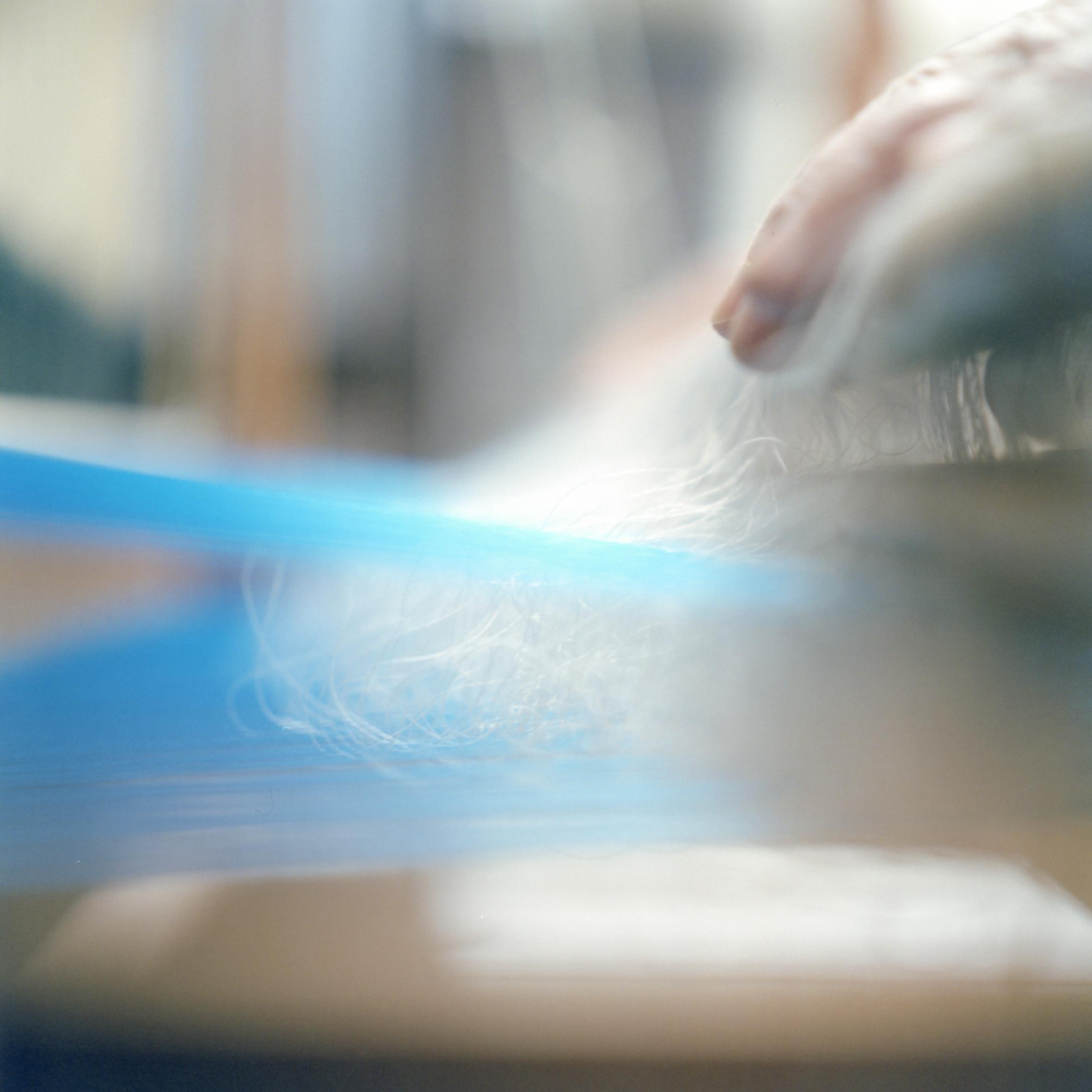 Takeshi Kitamura
A textile artist who employs ancient weaving techniques, recreating traditional methods in Nishijin, the historical home of textiles in Kyoto region of Japan.
Takeshi Kitamura
A textile artist who employs ancient weaving techniques, recreating traditional methods in Nishijin, the historical home of textiles in Kyoto region of Japan.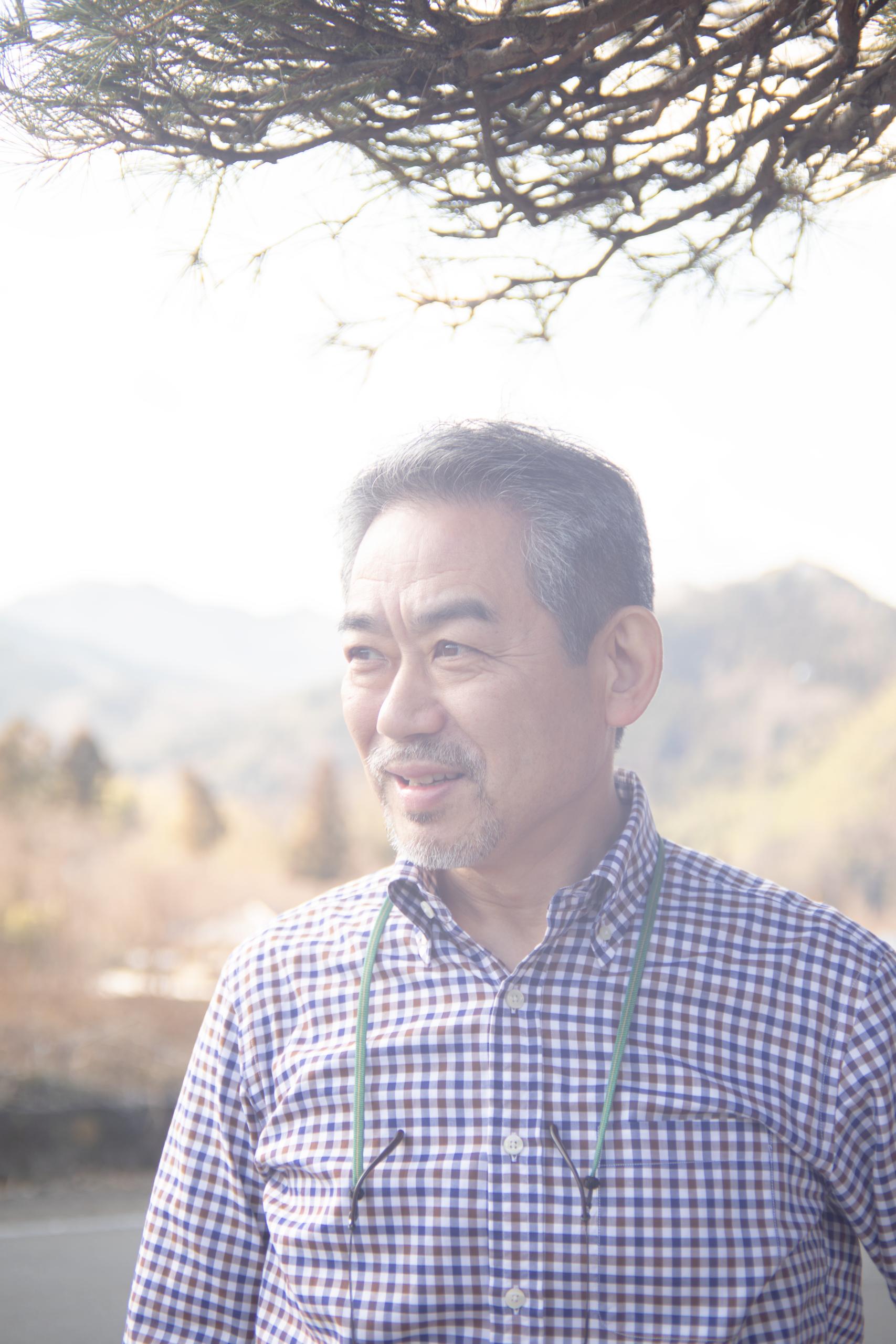 Kenji Suda
A woodwork artist and cabinetmaker using a traditional technique called sashimono to create intricate intarsia wooden boxes, using Japanese lacquer or urushi.
Kenji Suda
A woodwork artist and cabinetmaker using a traditional technique called sashimono to create intricate intarsia wooden boxes, using Japanese lacquer or urushi.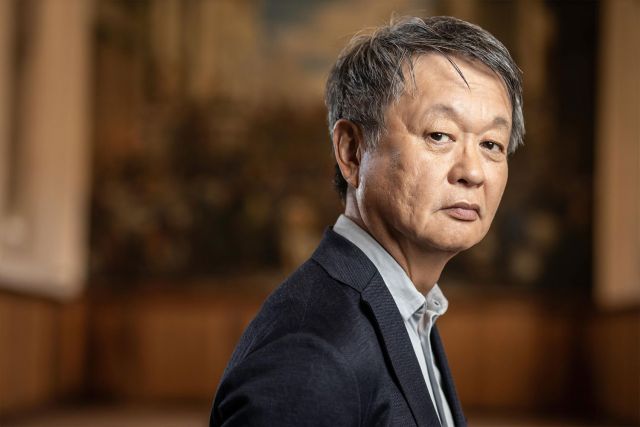 Naoto Fukasawa
Naoto Fukasawa
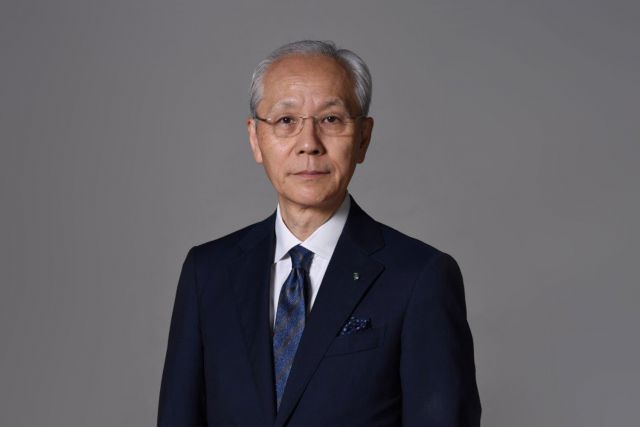 Tokugo Uchida
Tokugo Uchida



